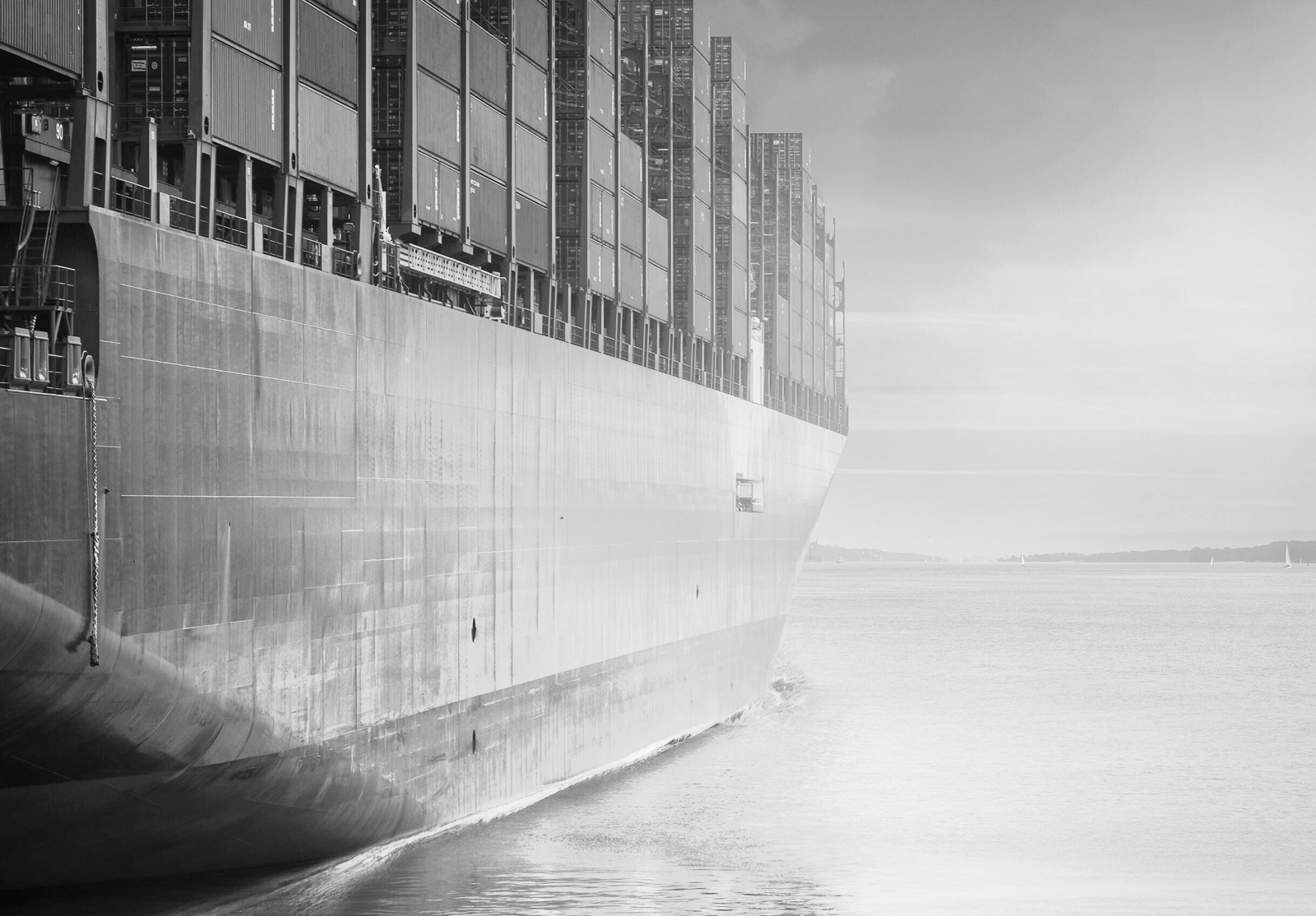
In-water cleaning made easy. The affordable, reliable & robust ROV for efficient cleaning of commercial vessels and barges
The HULLROVER will help you grow your in-water cleaning business. And ease the toll on fuel and climate for everyone
Robust & Reliable
The HullROVER combines great user experience with a robust build for handling tought underwater conditions, ensuring consistent performance every time.
Cost Effective
By using off-the-self components we have lowered the operational costs and ensured world wide availibility on spare parts.
100% reclaim on waste
Our debris collection system enables full waste reclaim and guarantees compliance with existing and future environmental rules and legislations.
Specs
Powerful & lightweight
Price
€250,000
Dimensions
1520 mm × 950 mm × 360 mm (L × W × H)
Weight
Weight in air 200 kg
Operational constraints
Fully operational in up to 2 knots of current
Umbilical
100 m bundled umbilical
Power requirements
400 VAC, 50 Hz, 22 A
Navigational support
2 cameras, IMU sensor, acoustic sensors
Footprints
Each filter unit approx. 1.2 m × 1.2 m
Cleaning speed
500–600 m²/hour
Cleaning Method
800mm long cyllinder brushes
Full reclaim
Debris collection 200 l/min
Modular filtration option
50µm/10µm
Easy to operate, affordable to maintain
Our design is easy to operate, just follow our simple user guide and you are up and running in no time. The HULLROVER robot uses various off-the-shelf products in innovative and significantly simpler ways. It is therefore 50-75% cheaper than other cleaning robots, making it economically viable for the many service providers engaged in underwater cleaning operations at ports across the globe.
Our mission
We believe in providing technology that delivers top-tier results without breaking the bank.






Impact
It is our ambition to expand the operational window of IWC allowing cleaning to continue in stronger currents and with a longer duration than possible with divers. We expect to improve productivity 2-3 fold and free divers to clean the curvatures, propeller or niches.
0
HullROVER IWC in 2032
0
million tons CO2 less greenhouse gases
0%
Fewer introduced species
Sustainability
The importance of Biofouling Management
The IMO GloFouling Partnerships say it clearly: “The presence of invasive aquatic species (IAS) may cause damage to marine ecosystems and infrastructure as well as economic losses, and pose risk to human health. Shipping and other mobile structures are pathways for the transfer of IAS through biofouling. Maintaining immersed structures clean from biofouling will minimize the risk of introduction and further spread of IAS. To this effect IMO took early action in 2011 and published the Biofouling Guidelines, which are the main global reference on how to manage biofouling effectively on all types of ships.
Additionally in 2018, IMO Member States adopted resolution MEPC.304(72) on the IMO strategy to reduce greenhouse gas (GHG) emissions from shipping by at least 50% by 2050. Maintaining the ship’s hull and propeller clean from biofouling translates into operational efficiencies and reduced GHG emissions, which will help achieving decarbonization of shipping.
But his operations taken together are so insignificant, a little chipping, baking, patching, and washing, that in an impression so grand as that of the world on the human mind, they do not vary the result.

Sustainability
Making a difference
Decent work and economic growth
Target 8.8 talks about “promote safe and secure working environments for all workers”, and the HullROVER is a good example of a robot that does not eradicate the human work but takes on the tedious and unsafe parts Target 8.3 also emphasizes to “encourage the formalization and growth of micro-, small- and medium-sized enterprises”, which is the core companies of HullROVERs market
Climate action
Target 13.2 encourages all countries to integrate climate change measures into national policies, strategies and planning, which is HullROVERs objective on the level of companies
Life below water
Target 14.1 is to prevent and significantly reduce marine pollution of all kinds, and the HullROVER reduces introduction of alien species. On the longer term a reduced use of toxic agents in antifouling paints will remove chemical pollution. Target 14.2 also emphasizes the need to sustainably manage and protect marine and coastal ecosystems to avoid significant adverse impacts, which is a core objective of removing biofouling
Meet the team

Frank Stuer-Lauridsen
Co-Founder & Chairman of the Board

Tomas Dyrbye
Co-Founder & Boardmember

Peter T Schiøler
Co-Founder & CEO

Michael Olsson
Product Developer

Kristina Kern-Nielsen
Environmental Engineer
Contact us
Copyright 2025 ° +45 26 33 86 42
CVR: 43239007